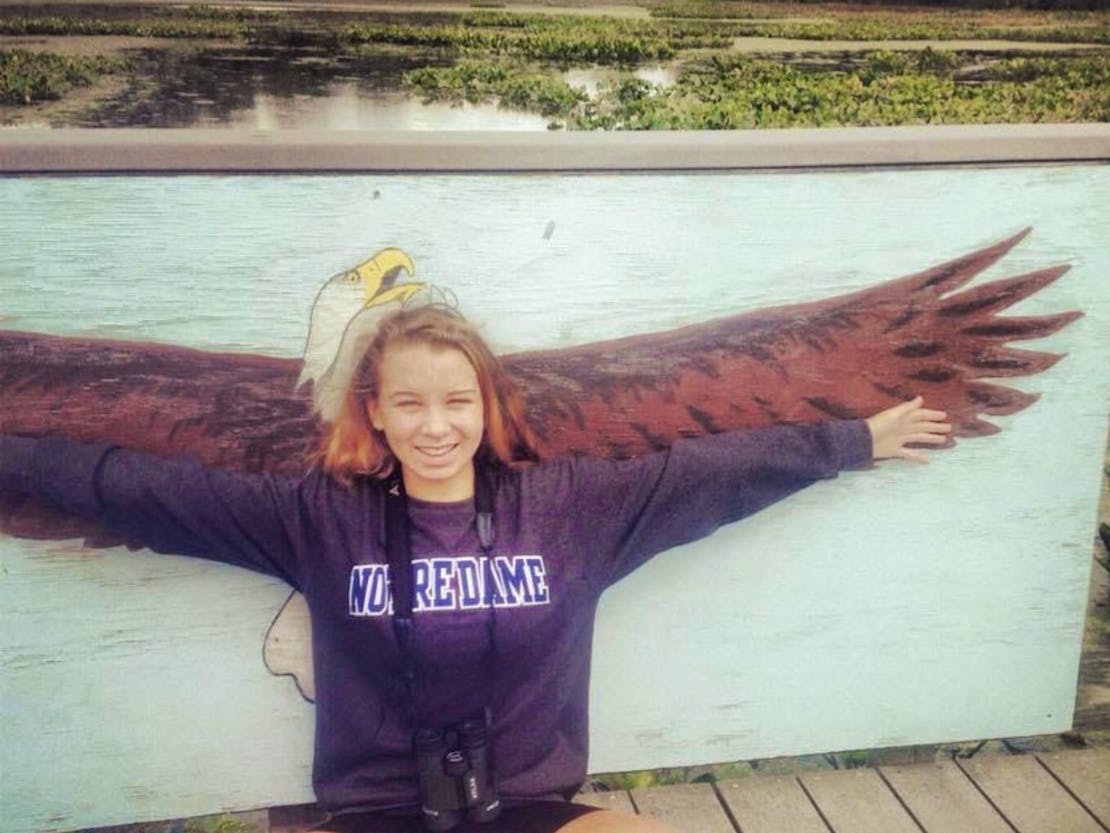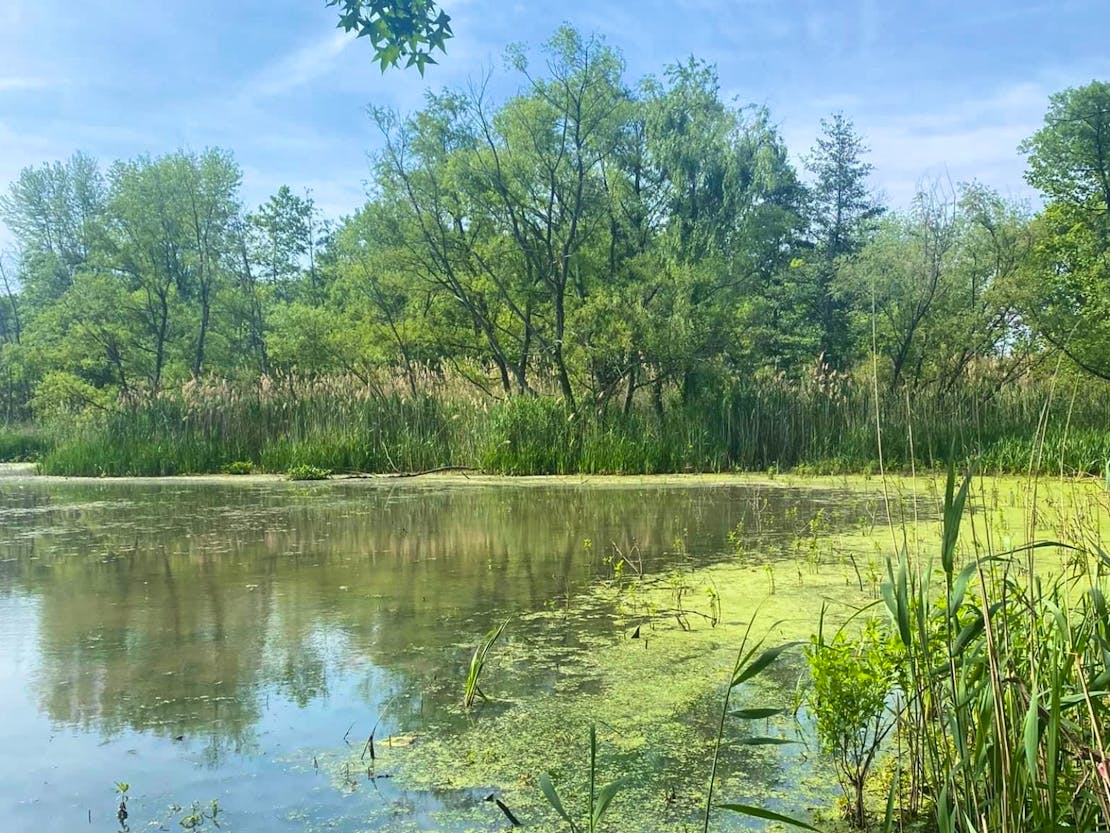Much of my childhood was spent outside exploring and connecting with nature. Growing up in the suburbs of Philadelphia my family were frequent visitors to John Heinz National Wildlife Refuge, which is located about nine miles outside the city. Some of my earliest memories involve walking the trails with my family and identifying the various animal and plant species we encountered. These encounters were so special to us that my family lovingly referred to the refuge as “The Wildlife.”
As a kid, these visits were just fun. Little did I know going on birding walks with my parents and four younger siblings and looking out on the observation deck with my “Poppop” would have a lasting impact on my connection to the environment and my future career aspirations.
John Heinz National Wildlife Refuge
Located in the shadow of a major American city, John Heinz is an oasis for humans who want to get outside and take a break from a fast-paced life. This public land protects what remains of a vast freshwater tidal marsh that once covered thousands of acres of today’s Philadelphia and Delaware Counties.
Most important, John Heinz is home to a diverse array of plant and animal species from deer and groundhogs to state endangered species like Atlantic coast leopard frogs. Most notably, though, it is an important migratory stopover for birds along the Atlantic Flyway.
Another purpose for establishing John Heinz in 1972 was to promote environmental education.
My Philadelphia Wildlife Refuge
I quickly fell in love with John Heinz, the biodiverse ecosystem in my backyard. When I was young, a trip to “The Wildlife” meant studying my grandfather’s encyclopedias in enthusiastic preparation for what we may see that day. As I got older, going to John Heinz meant reflecting on the importance of protecting wildlife. I would return home to research environmental issues at both the local and global scale.
Inspired by watching nesting bald eagles and basking redbelly turtles at John Heinz, I learned that I lived near a Superfund site — Lower Darby Creek Area includes a portion of John Heinz — and that climate change would be a major pressing issue of my lifetime. Armed with this knowledge, I became an advocate for wildlife conservation.
I wanted to connect more with John Heinz, so I volunteered! In high school, I aided in a project to remove common reed (Phragmites australis), an invasive non-native plant species. Common reed harms the local ecosystem by lowering plant biodiversity, displacing native animals and altering elevations of the marsh. I felt like we were making a tangible difference for our community with each towering reed we chopped. Furthermore, volunteering deepened my relationship to John Heinz and increased my love for the natural environment.
From Wildlife Conservation Enthusiast to Advocate
My passion for wildlife conservation, forged at John Heinz and nurtured during my undergraduate experience at Gettysburg College, led me to Vermont Law and Graduate School. In addition to the traditional coursework to hone my legal research, analysis and writing skills, I took law courses specifically geared toward improving my animal advocacy skills, such as Natural Resources Law, Biodiversity Protection, and Animals and the Law.
Joining Defenders of Wildlife as a Government Relations Representative is a life-long dream come true. In this role, I lobby for National Wildlife Refuge System protections, including for John Heinz. I have always felt like it is my calling to defend the National Wildlife Refuge System and now it is my career!
Living in an urban space that feels unnatural can make individuals feel detached from nature. I am incredibly grateful I had access to “The Wildlife,” because I do not think I would be where, or who, I am today without it.










Follow Defenders of Wildlife
facebook bluesky twitter instagram youtube tiktok threads linkedin